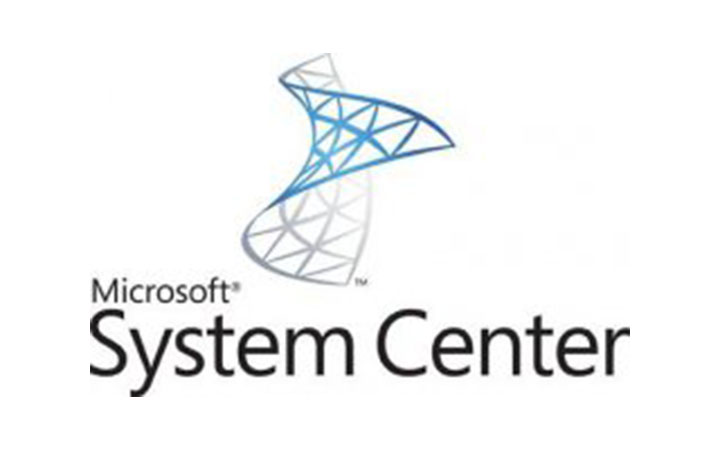
System Center 2012/2016 Operations Manager Implementation and Administration
Outline
1、Technical Overview of System Center Operations Manager 2012/2016
ü Feature overview
ü New features in SCOM 2012/2016
ü Architecture – how it works
ü Server components and communications
2、Designing and Sizing a SCOM 2012/2016 Infrastructure
ü Design considerations
ü Hardware and software requirements
ü Sizing the SCOM servers
ü Planning Management Groups and server roles
ü Planning for disaster recovery
ü Upgrade considerations
3、Installation and Configuration
ü Install SCOM 2012/2016 on Management Servers
ü Establish Management Group
ü Introduction to the Management Console
ü Configure Management Group settings
ü Resource Pools (new in 2012/2016)
ü Installing and implementing the web console
4、Managing Agents
ü Installation methods
ü Managing agents in the console
ü Managing agents from control panel (new in 2012/2016)
ü Agent settings
ü Configuring Active Directory integration and Service Connection Points (SCP’s)
ü Configuring Agentless Exception Monitoring (AEM)
ü Managing UNIX/Linux computers
ü Monitoring network devices (new in 2012/2016)
ü How to manage untrusted (non-domain) agents
5、Management Pack Fundamentals
ü Architecture/components of management packs
ü Downloading and importing management packs
ü Management pack views and results
ü Understand the Default management pack
6、Operations
ü Working in the console as an operator
ü Views
ü Understanding the health engine
ü Filtering data
ü Dashboard views (new in 2012/2016)
ü Notifications
ü My Workspace
ü Tasks
7、Reports
ü Configuring SQL Reporting Services
ü Installing SCOM reporting features
ü Running and viewing reports
ü Custom reports
8、Fine Tuning SCOM Data
ü Working with overrides
ü Defining thresholds
ü Best practices for making the data relevant
ü Reducing alert flooding
ü Managing notifications effectively
9、Creating Custom Management Packs
ü Introduction to the Authoring Console
ü Best practices for custom management packs
ü Synthetic Transactions (Perspectives)
ü .NET Application Performance Monitoring (new in 2012/2016)
ü Distributed Applications
ü Including views, reports and tasks in your management pack